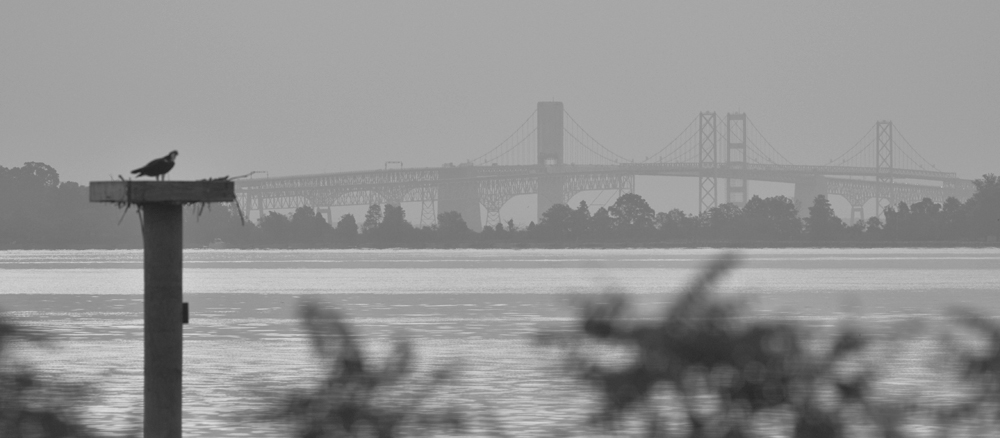The weather was near perfect once again, with temps in the high 50s, slightly cloudy and warming rapidly. I decided to go to Terrapin Nature Area once again, despite the poor experience of last week. A fortuitous choice. There were warblers in every corner of the park, with Catbirds by the dozen, numerous Flycatchers and plenty of others. Birding paradise.

This Black Throated Blue Warbler was the first bird I saw this morning. I have taken several photos previously, but none as good as this one.

Warblers can be difficult to capture as they flit quickly form branch to branch, but this Common Yellowthroat was a willing subject.


This is a first winter female Blackpoll Warbler, and it’s the first I’ve ever seen.
From Allaboutbirds.org”:
“Cool Facts
The song of the male Blackpoll Warbler is one of the highest-pitched of all birds.
Part of the fall migratory route of the Blackpoll Warbler is over the Atlantic Ocean from the northeastern United States to Puerto Rico, the Lesser Antilles, or northern South America. This route averages 3,000 km (1,864 mi) over water, requiring a potentially nonstop flight of up to 88 hours. To accomplish this flight, the Blackpoll Warbler nearly doubles its body mass and takes advantage of a shift in prevailing wind direction to direct it to its destination.”

































